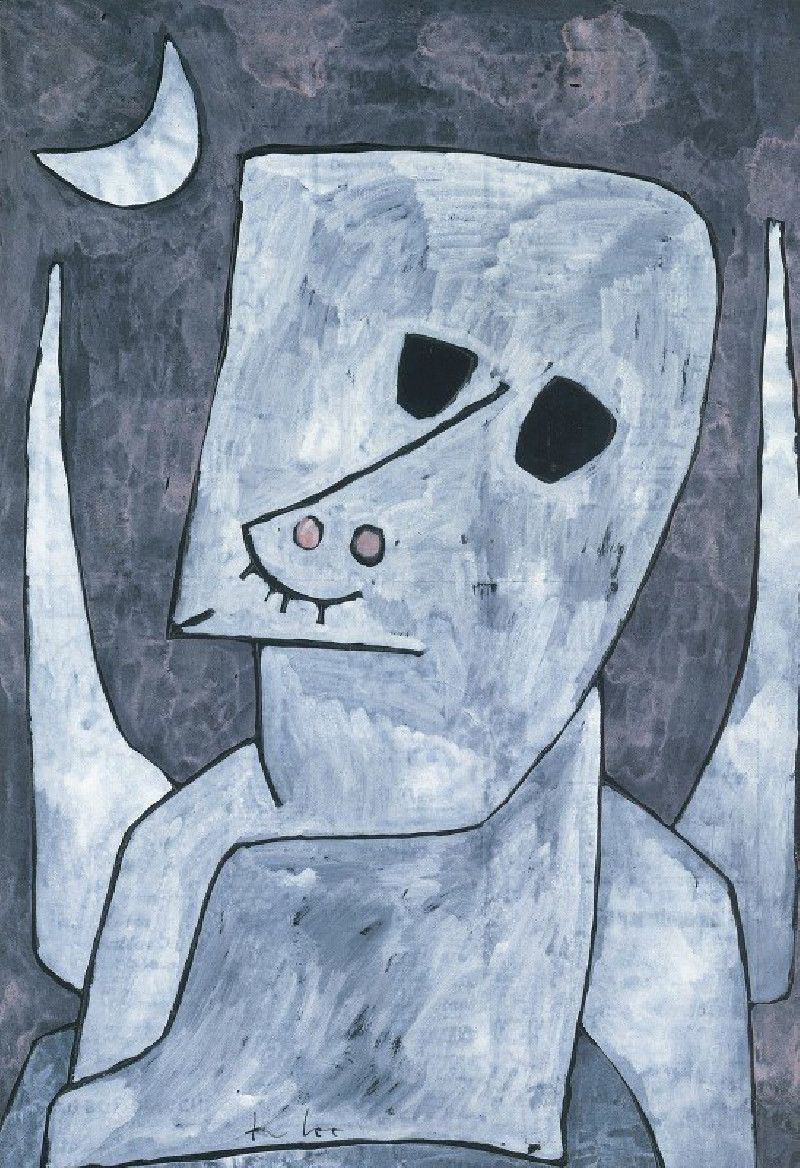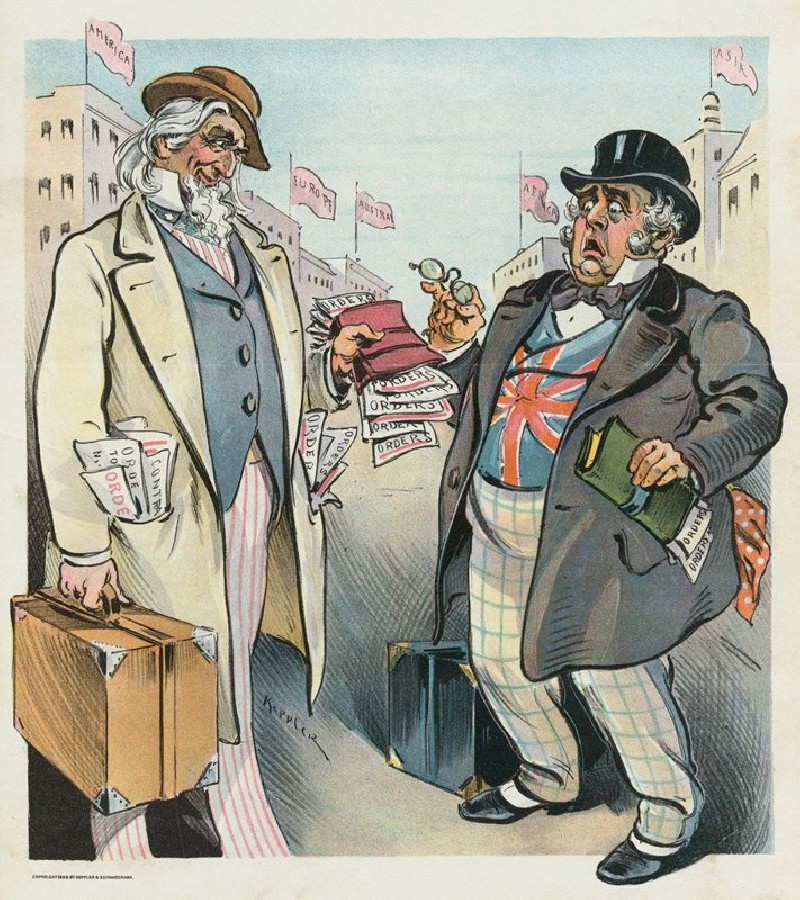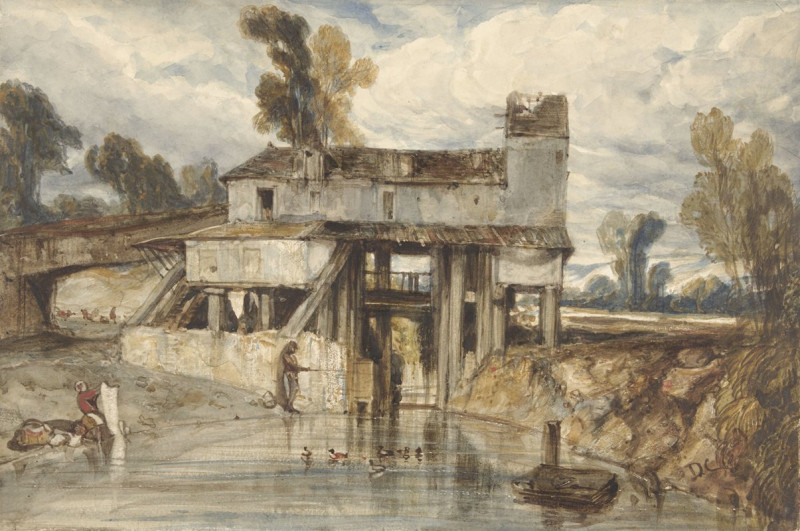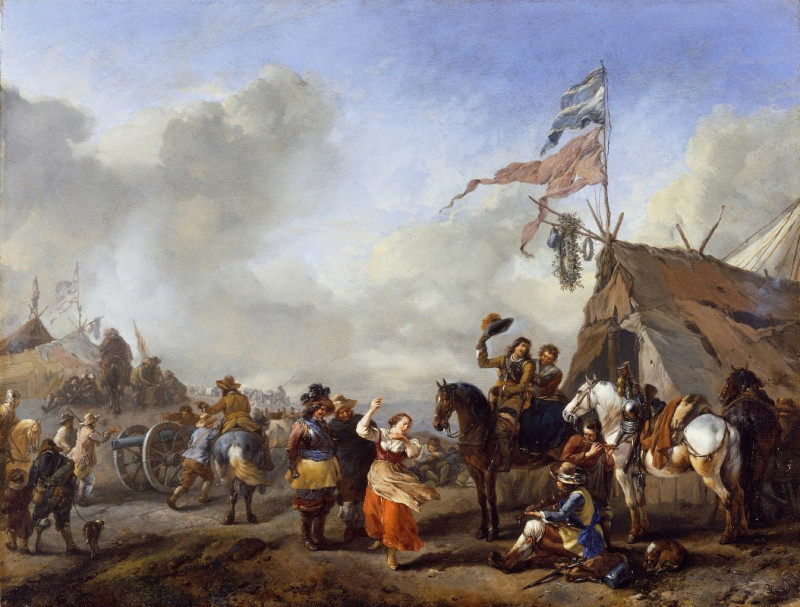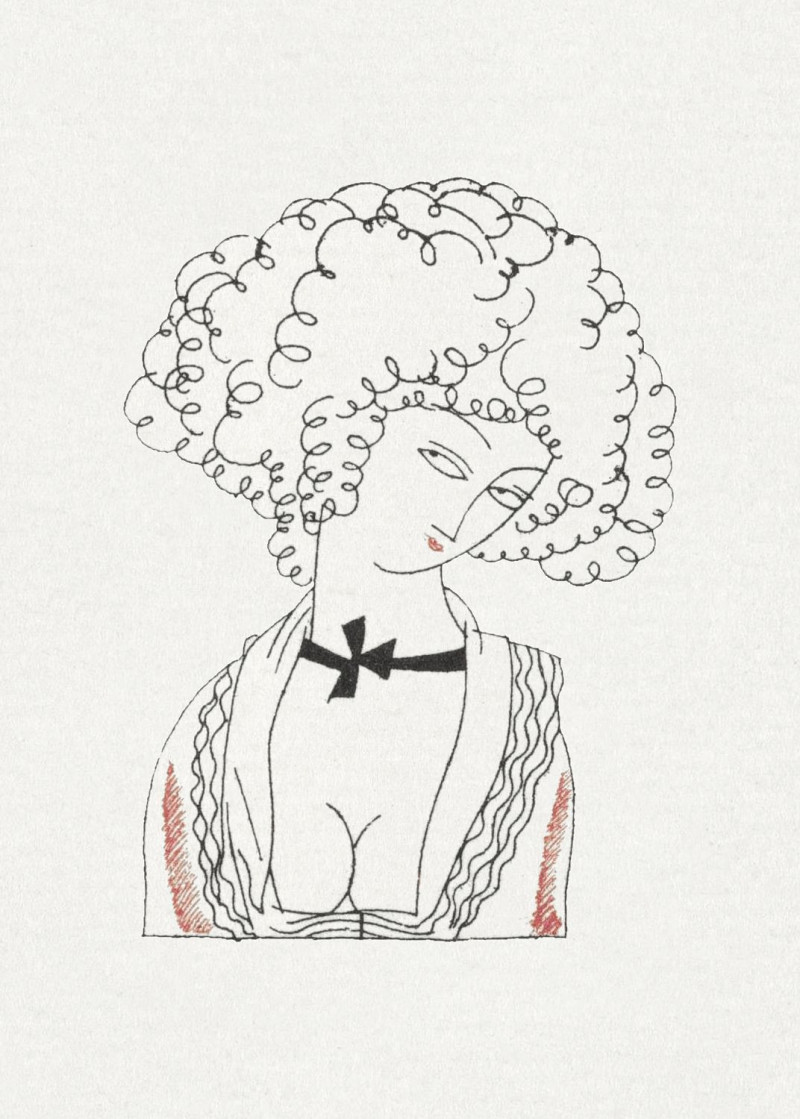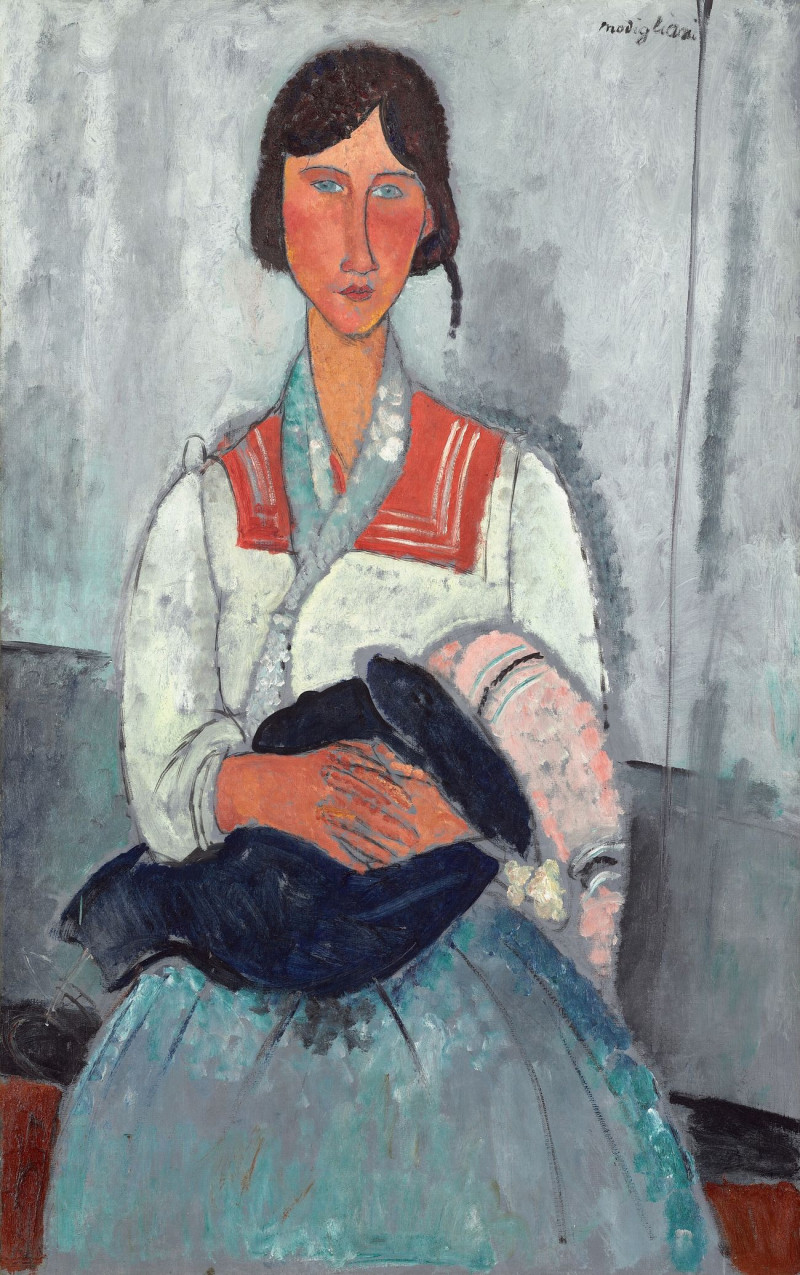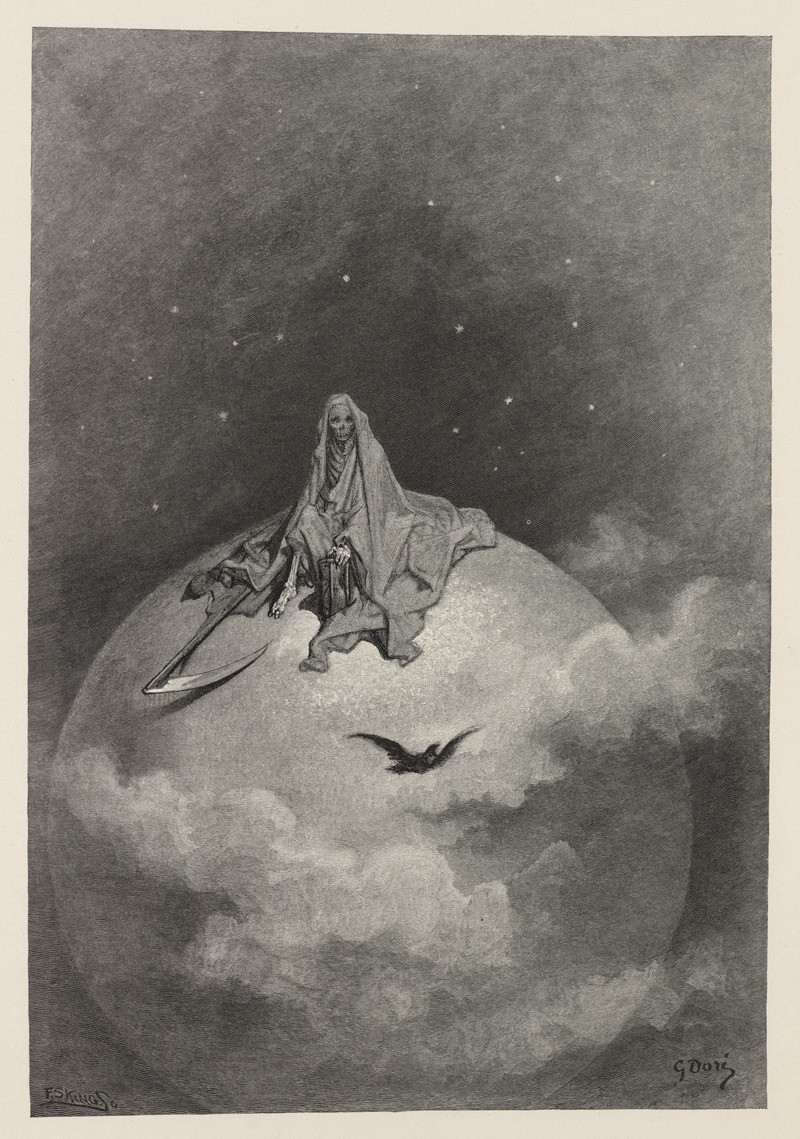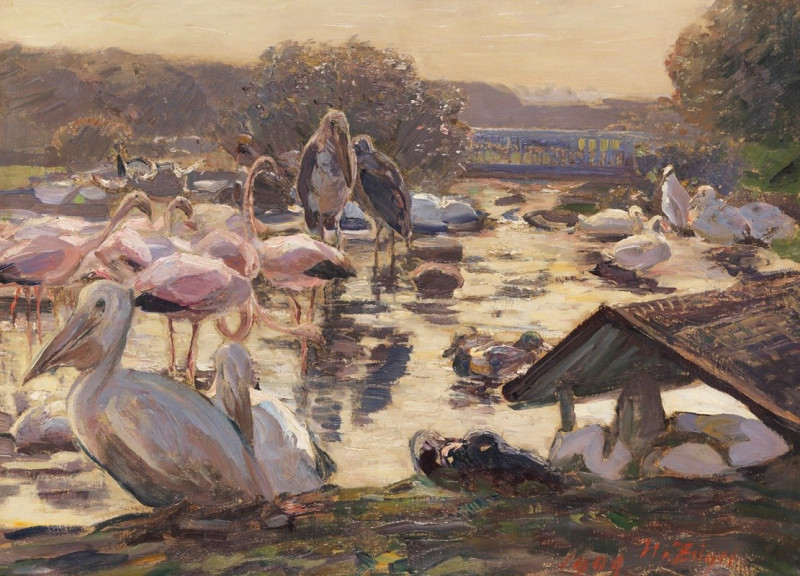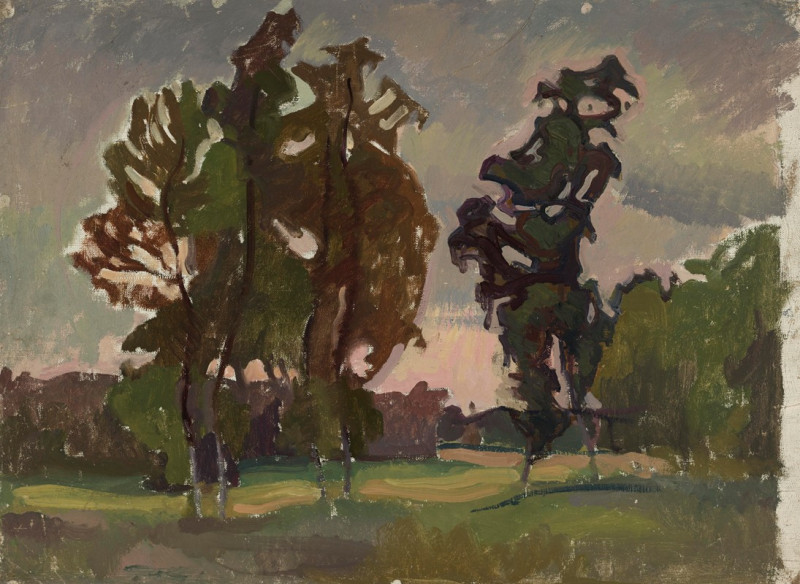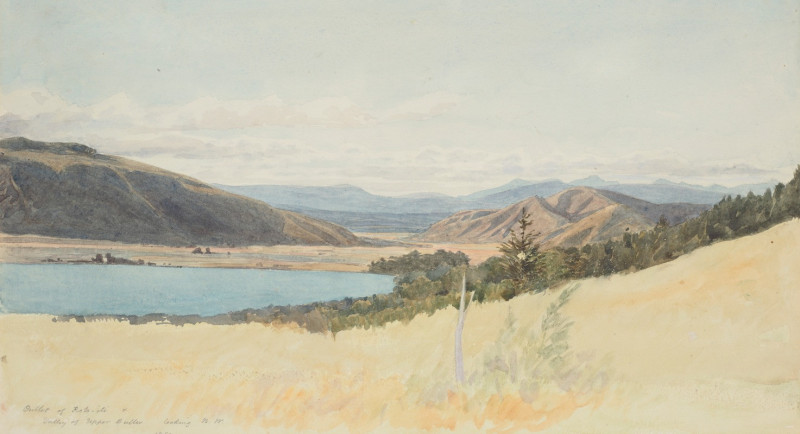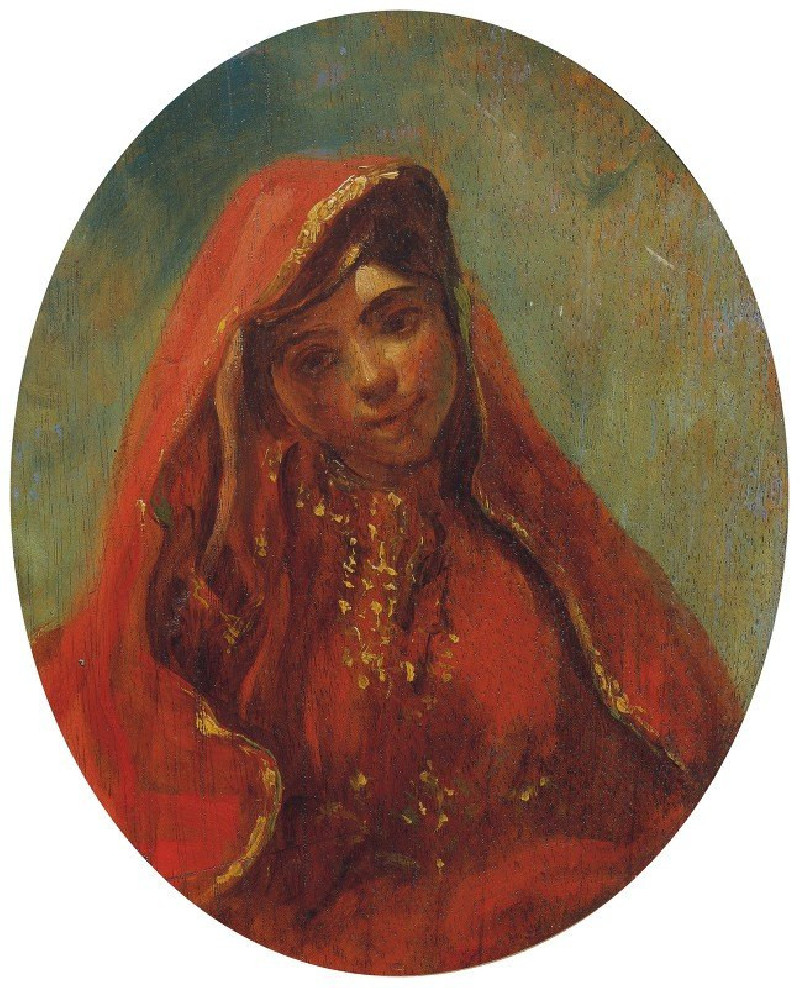Angel Applicant (1939)
Technique: Giclée quality print
Recommended by our customers
More about this artwork
Paul Klee's "Angel Applicant" is a striking example of his unique ability to blend abstraction with figuration, resulting in paintings that speak to the inner feelings and psyche. Painted in 1939, this piece draws the observer into a somewhat melancholic and contemplative mood.The central figure, depicted with a simplified, ghost-like form, is rendered in pale blues and grays, against a darker, moody background that hints at a deep, shadowy night. The figure’s face, characterized by uneven, dark eyes and a peculiar, pinkish feature that might suggest a mouth or nose, imparts a sense of longing or introspection. The presence of a crescent moon in the upper left corner enhances the nocturnal and somewhat eerie atmosphere of the scene."Angel Applicant" showcases Klee’s mastery in using minimalistic details to evoke complex emotional states. The painting may be interpreted as an exploration of aspiration and the fragility of human endeavors, resonating with viewers through its enigmatic and poignant portrayal.
Delivery
Returns
Paul Klee was a Swiss-born German artist. His highly individual style was influenced by movements in art that included expressionism, cubism, and surrealism. Klee was a natural draftsman who experimented with and eventually deeply explored color theory, writing about it extensively; his lectures Writings on Form and Design Theory (Schriften zur Form und Gestaltungslehre), published in English as the Paul Klee Notebooks, are held to be as important for modern art as Leonardo da Vinci's A Treatise on Painting for the Renaissance.

